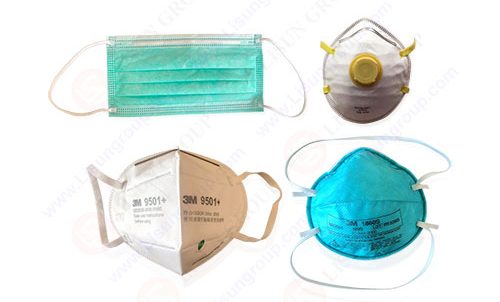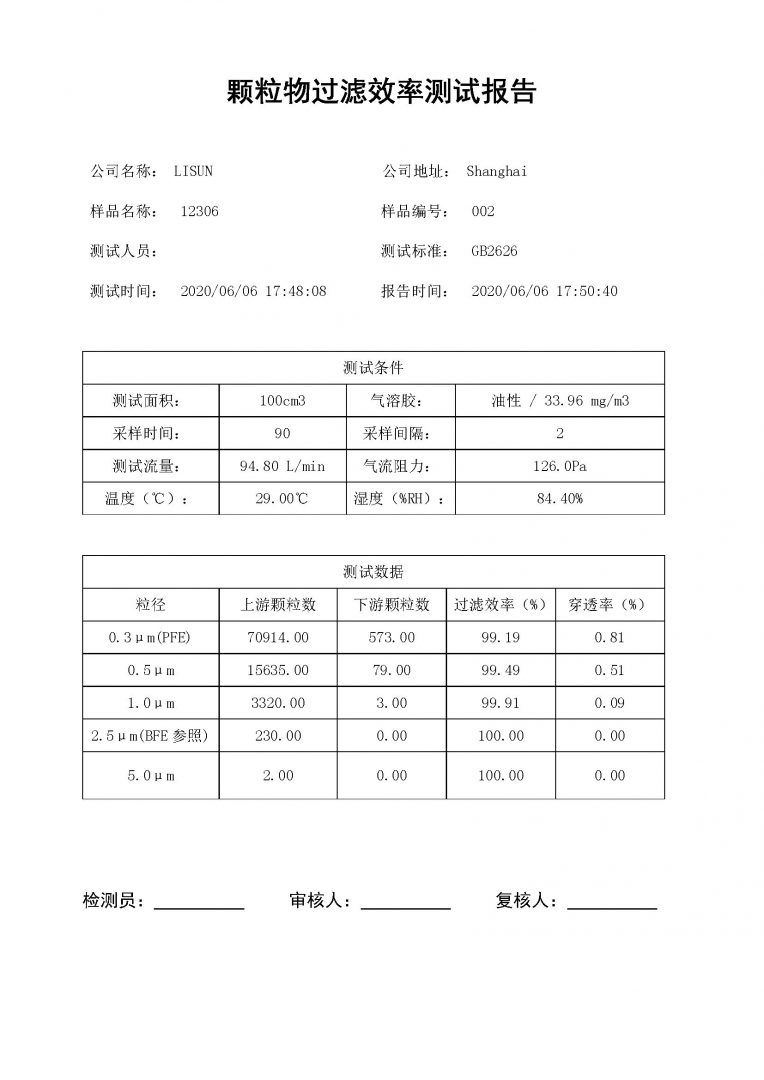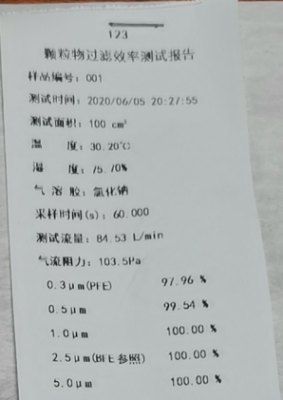Basic Company Information
 Lisun Electronics Inc.
Lisun Electronics Inc.
TEL : 86-21-51083341 / FAX : 86-21-51083342
113-114, No.1 Building, Nanxiang Zhidi Industry Park, No. 1101, Huyi Road, Jiading District, 201802, Shanghai, China Shanghai Shanghai China [CN]
Homepage : http://lisungroup.com
Main Products
Goniophotometer , Spectrophotometer , Integrating Sphere , Environmental Testin , EMI/EMC Testing
Company Advantage
Lisun Electronics Inc was found by Lisun Group in 2003. We have sales & service offices in Shanghai, Russia, India and Korea. In 2012, we built a high level products show room & lab center in Shanghai. Lisun Group has set up a new manufactory in China to research and develop the world high-technology CFL & LED Test Instruments. Its quality system has been strictly certified by ISO9001:2008. The Lisun Group products have been authenticated by the third party lab and were awarded by CE certificate. As a CIE Supportive Member, all of the test instruments produced by Lisun Group are designed according to CIE Standards.
Our main products are Goniophotometer, Spectroradiometer, Integrating Sphere, LED Test Instruments, CFL Test Instruments,Photometer and Colorimeter, EMC & EMI Testing, Electronic Ballast Tester, Electrical Safety Testing, Environmental Test Chamber, Plug and Switch Testing, AC and DC Power Supply and etc.
Lisun Group’s products have been sold to more than 150 countries and regions all over the world. It’s quality is well accepted by many world famous companies such as UL, SGS, NIST, NIM, UNDP, Philips, OSRAM and so on. Lisun Group wins thousands of customers’ trust with motto “Right Product, Right Price and Right Service”. We will continue presenting more and more high quality products to our customers in future.
Detail Company Introduction
Lisun Electronics Inc was found by Lisun Group in 2003. We have sales & service offices in Hong Kong and Shanghai. In 2012, we built a high level products show room & lab center in Shanghai. Lisun Group has set up a new manufactory in China to research and develop the world high-technology CFL & LED Test Instrument. Its quality system has been strictly certified by ISO9001:2008. The Lisun Group products have been authenticated by the third party lab and were award CE certificate. As a CIE Supportive Member, all of the test instruments of Lisun Group are designed according to CIE Standards.
Our main products are Goniophotometer, Spectrophotometer, Integrating Sphere, Photometer and Colorimeter, LED Test Instruments, CFL Test Instruments, EMC Testing, Electronic Ballast Tester, Equipments For Testing Electronic Components, Electrical Safety Testing, Environmental Testing, AC and DC Power Supply, etc.
Lisun Group's products have been sold to more than 50 countries and regions in Europe, America, Australia, Africa and Asia. Its quality is well accepted by many of world-famous companies such as GE, Philips, Sharp, OSRAM, SONY and so on. Lisun Group wins thousands of customers' trust with motto "Right products, Right price and Right service". We will continue presenting more and more high quality products to our customers in future.
Trade Information
Total Annual Sales Volume
US $50 Million - US $100 Million
Export Percentage
81% - 90%
Accepted Delivery Terms
FOB , CFR , CIF , EXW , CPT , DDU , Express Delivery
Accepted Payment Currency
USD , EUR , JPY , CAD , AUD , HKD , GBP , CNY , CHF
Accepted Payment Type
T/T , L/C , D/P D/A , PayPal , Cash



